The Australian Opal
Formed over 100 million years ago, the Australian Opal captures the essence of natural beauty.
Formation
Opal is a type of hydrated silica, most of which was formed during the Cretaceous period between 65 -140 million years ago, in an inland sea called The Great Artesian Basin. It occurs to a depth of around 90 feet (30 metres) underground, in veins of about 3 feet (1 metre) called "The Opal Level". There may be up to 5 Opal levels down to 90 feet. Recent research has discovered that the drying out of Australia's landscape created conditions that trapped silica-rich gel in the host rock, which then later solidified to form opal. The transition from a tropical to an arid state about 100 million years ago provided the right circumstances for opal to form. The colour comes from the refraction of light off the microscopic silica particles.
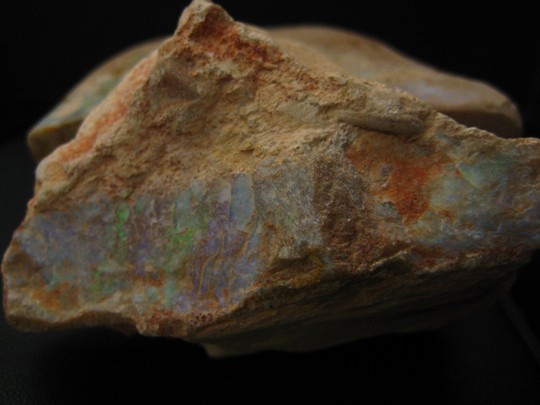
Mining
Opal occurs in layers of 1 metre, down to around 30 metres underground, and is retrieved by basic tunnelling methods with pick and shovel and small machinery such as jackhammer and hand drill. Dynamite is used for blasting to access Opal producing areas. Each miner is permitted 2 claims, with a claim measuring 50 x 50 metres. This area costs around $150 per year, and the miner gets to keep whatever he finds.
There are no large companies or corporations controlling the Opal industry. The shafts are sunk using a 3-foot Auger drill, and then loose rough Opal is brought to the surface using a hand or hydraulic winch, or a blower - a large vacuum cleaner that dumps the rough Opal into a tip truck. The Opal is then "puddled", or washed, to remove the loose sandstone and expose any potential colour.
Cutting
About 2% of all Opal found is actually worth cutting. Most Opal is cut by hand, using Diamond tipped grinding and sanding wheels. Every cutter will have their individual preference for the wheel combination. We use 2 grinding wheels (120 & 220 grit), 2 sanding wheels (600 & 14,000 grit) and a felt polishing wheel, with cerium oxide (polish powder).
Rough Opal is cut by hand to about 80% complete, and then adhered to a dopstick for easier cutting.
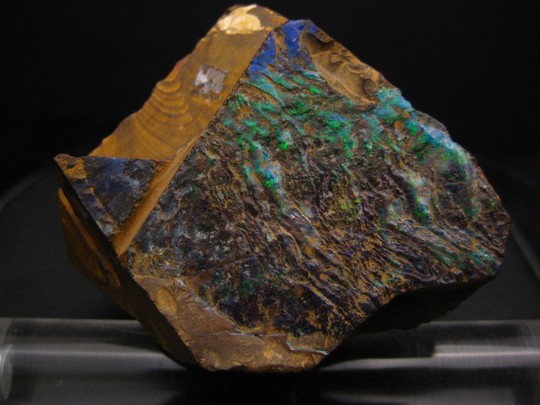
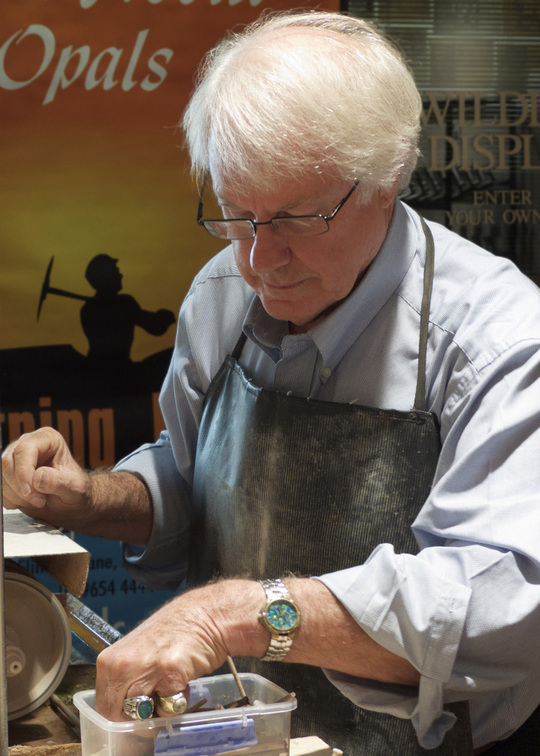
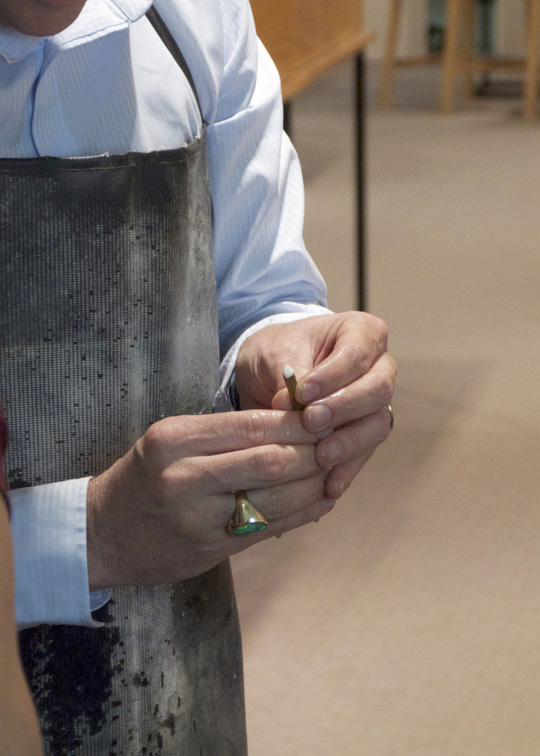
Opal Doublets
A piece of solid, natural transparent or translucent-coloured opal is glued to a dark backing (usually black glass), imitating nature's solid stone. The dark base enhances the Opal's colour. Although some doublets can be quite valuable they are also a very cost-effective way of purchasing a beautiful Opal at less expense.
Opal Triplets
A manufactured opal consisting of three layers. A paper-thin slice of solid natural transparent or translucent-coloured opal is glued to a dark backing of black glass, with a dome of clear quartz crystal glued onto the top. The crystal dome is to magnify and protect the opal. A triplet is less expensive than a doublet as less opal is used.
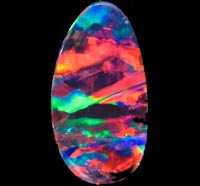

Solid Opals
100% natural opal gemstone, except for cutting and polishing; it has not been altered in any way.
Solid White Opals
This is the most common type of opal. It is found mainly in Coober Pedy, South Australia. Coober Pedy is known as the Opal Capital of the world, it is the world's largest opal field. There are two types of white opal, milky and crystal. Milky opal is opaque, with the colours visible on the surface only, where as crystal opal is transparent, the colors being visible from within the depths of the stone.
Boulder Opals
This type of Opal is only found in the Queensland fields. It is opal veinlets found within ironstone boulders. The seam of opal is the face, like an opal veneer with a natural ironstone backing. Boulder Opals have a similar appearance to Black Opals but are less valuable.
Boulder Matrix Opals
This is also found in the Queensland fields, it is a mix of opal veinlets and ironstone. When these are polished, it produces an amazing assortment of stones, some looking like landscapes, others so bright the opal looks like tiny laser beams within the dark brown host rock.
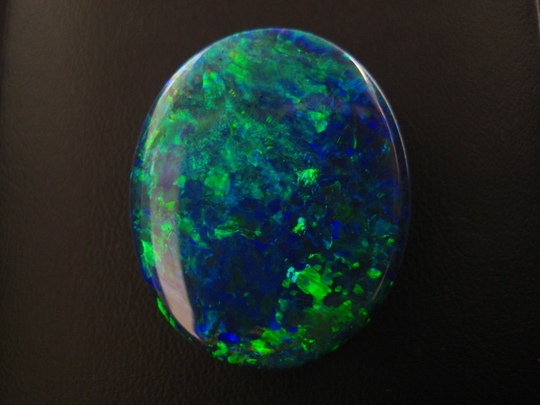
Solid Black Opals
Only found in the Lightning Ridge area in the far north-northwest of New South Wales. It is the world's rarest, most valuable, brilliant and stunning opal of them all. A layer of opal, like a band of colour, sits on a naturally occurring dark backing. It is from the colour of the backing that Black Opal gets its name. This dark background known as potch, ranges in colour from light grey through to midnight black.
Lightning Ridge Opal Mines acknowledges the Wurundjeri people who are the traditional custodians of the land of Melbourne City.
